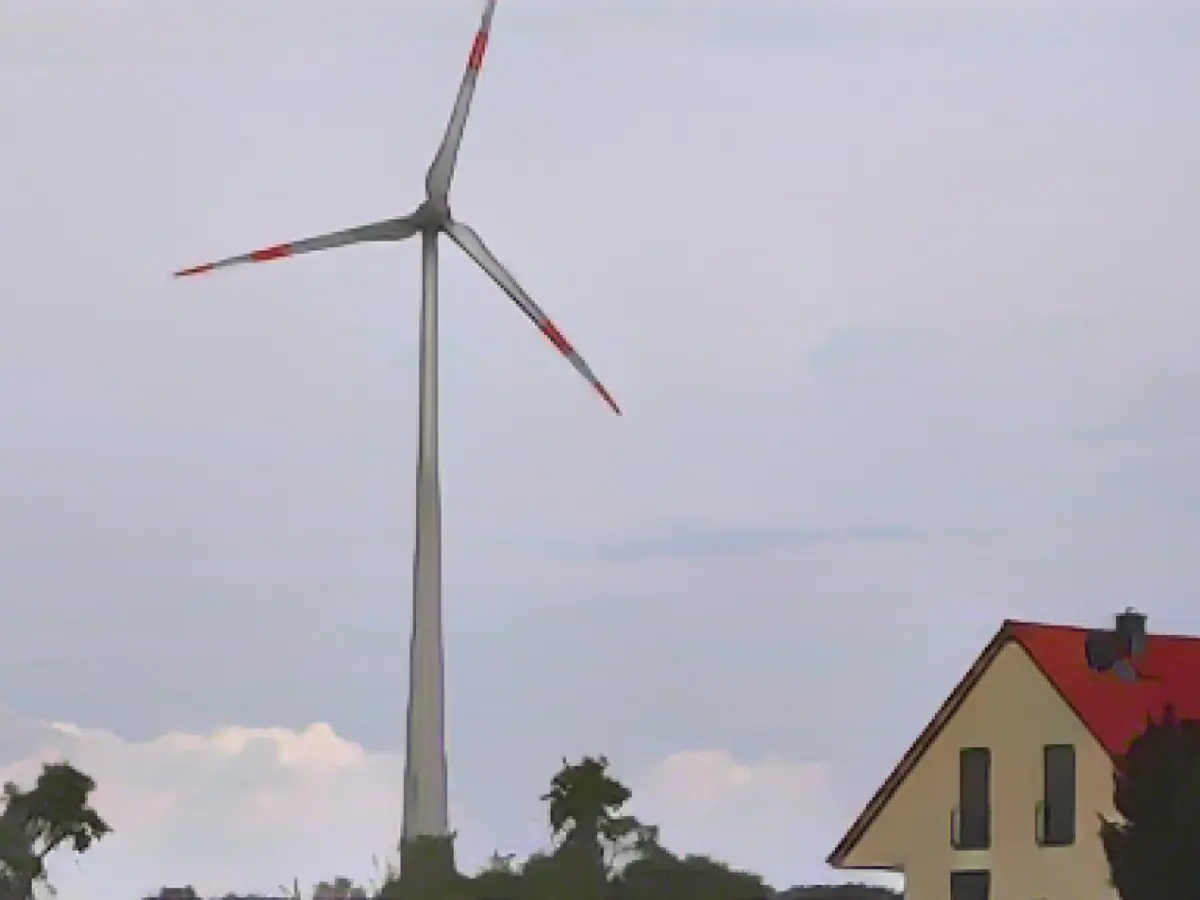Titled: Unleashing Bavaria's Wind Power Potential: A New Perspective
Embracing change is pivotal, and a recent study suggests that the 10H distance rule, while relaxing, continues to pose a considerable hurdle to accelerating wind power expansion in Bavaria, Germany's third-largest state. The jolt? Mere tweaks to this regulation could quadruple wind farm capabilities!
The study, spearheaded by Munich-based Initiative Klimaneutrales Deutschland (IKND) and British think tank, Ember, reveals that Bavaria's wind power potential could skyrocket, surpassing 15 gigawatts, if the minimum distance between wind turbines and residential areas shrank to 800 meters. This transformation could help Bavaria slash its annual gas consumption by 28 terawatt-hours, equivalent to 27 percent, translating to substantial savings: €1.3 billion, assuming 2024 gas prices, or €3.4 billion if gas prices escalate to 2022 levels.
Sarah Brown, Ember's Europe Program Lead, encapsulated the essence, stating, “With a slight adjustment to the existing stipulations for wind energy plants, Bavaria could significantly raise its renewable energy generation capacity, thereby reducing its current fossil gas import dependency.” Inherently, such a switch could cushion consumers from rising energy costs while fortifying Bavaria's energy sovereignty.
Carolin Friedemann, IKND's Managing Director, chimed in, “Given Bavaria's abundant renewable energy potential, robust administration, and economic clout, maintaining a sustainable, clean energy infrastructure is crucial for sustaining Bavaria's standing as a thriving business location.”
Bavaria has committed to becoming climate-neutral by 2040; noteworthy however, is that this ambition cannot be achieved solely through solar power expansion. The optimistic analysis recommends a substantial—but realistic—wind energy expansion as the solution.
But progress remains slow, with the wind energy sector experiencing anobstinate snail's pace for both new installations and approvals, despite the 10H rule relaxation, as per the coalition agreement between the CSU and Free Voters, which set a goal of 1000 new wind turbines by 2030.
The analysis explores the irksome consequences of the 10H rule, albeit after its amendment in November 2022, which allowed for reduced distances in select Bavarian locations. However, given the height of modern wind turbines, which can reach up to 200 meters, these towering behemoths would need to maintain a distance of two kilometers from residential areas outside of priority zones.
*For additional context and insights, delve into specialized articles, such as:*








